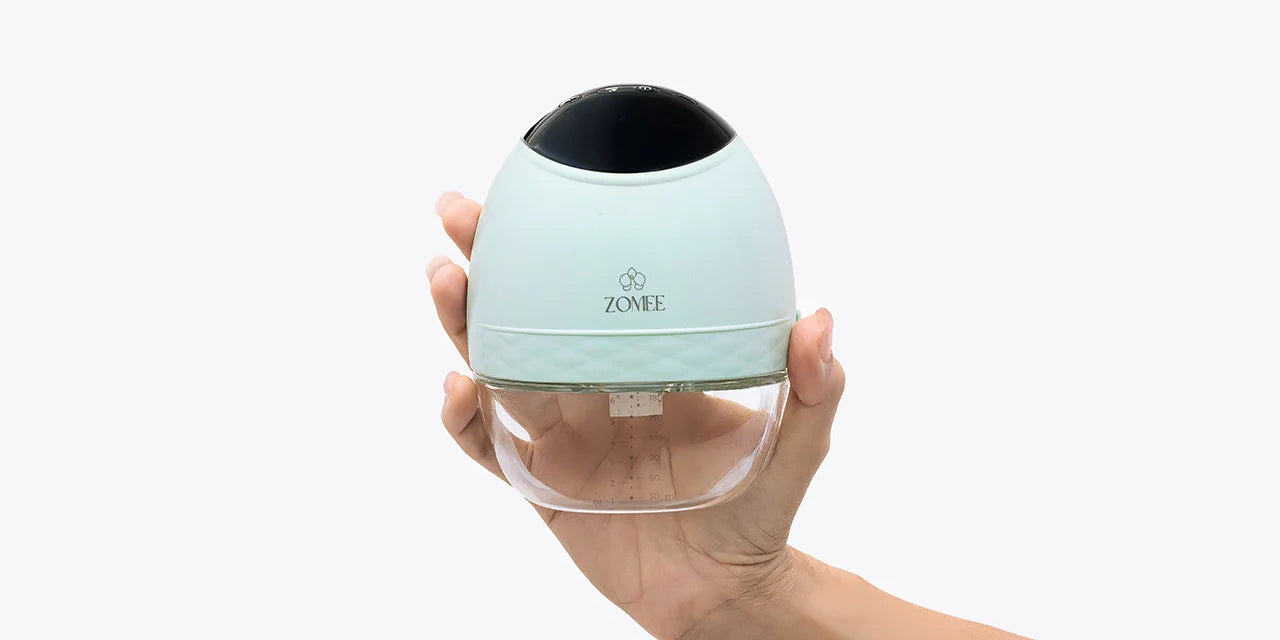Pautas para el almacenamiento de la leche materna
Almacenar la leche materna de forma adecuada es fundamental para garantizar que siga siendo segura y nutritiva para el bebé. Siguiendo las pautas de los CDC y la AAP, la consultora en lactancia Anna Kogan, MA, RN, CBS, comparte consejos importantes sobre cómo manipular y almacenar la leche materna de forma eficaz.
Cómo almacenar la leche recién extraída
Después de extraer la leche, la leche materna recién extraída se puede dejar a temperatura ambiente (hasta 77 °F o 25 °C) durante un máximo de 4 horas. Si su bebé no termina el biberón, puede utilizar la leche restante en un plazo de 2 horas o, como alternativa, puede utilizarla para bañar al bebé.
Refrigeración de la leche materna
Al guardar la leche materna en el refrigerador, asegúrese de colocarla en la parte posterior, donde la temperatura es más constante. La leche materna se puede conservar en el refrigerador hasta por 4 días. Es mejor usar o congelar la leche dentro de este período para mantener su calidad y valor nutricional.
Congelación de la leche materna
Para conservar la leche materna durante más tiempo, congélela lo antes posible después de extraerla. La congelación preserva las células vivas y otros componentes de la leche. La leche materna se puede conservar en el congelador (a 0 °F o -18 °C) durante 6 a 12 meses, aunque es mejor utilizarla dentro de los 6 meses para lograr una calidad óptima. Cuando descongele leche congelada, colóquela en agua tibia y úsela dentro de las 2 horas posteriores a la descongelación.
Descongelación y reutilización de la leche materna
Cuando descongele la leche materna, puede utilizarla en un plazo de 24 horas si la conserva en el refrigerador. Si todavía quedan cristales de hielo, puede volver a congelarla. Sin embargo, una vez que esté completamente descongelada, no la vuelva a congelar. Siempre descongele la leche en el refrigerador o en un recipiente con agua tibia, nunca a temperatura ambiente.
Consejos prácticos para el almacenamiento de leche
- Etiquetado: Etiquete siempre los envases de leche materna con la fecha y la hora de extracción para realizar un seguimiento de su frescura.
- Recipientes para almacenar: Utilice botellas de plástico sin BPA, recipientes de vidrio o bolsas para almacenar leche materna diseñadas específicamente para congelar.
- Evite llenar demasiado: deje algo de espacio en la parte superior del recipiente para permitir que la leche se expanda mientras se congela.
- Descongelación: Descongele la leche en el refrigerador o en agua tibia, nunca use el microondas, ya que puede crear puntos calientes y destruir nutrientes beneficiosos.
Consejos de expertos de Anna Kogan
Anna Kogan, MA, RN, CBS, brinda información y consejos valiosos sobre el almacenamiento de la leche materna para garantizar que su bebé reciba la mejor nutrición posible. Sígala en Instagram para obtener más consejos de expertos sobre el embarazo, el cuidado posparto y la lactancia materna.
Ver esta publicación en Instagram




